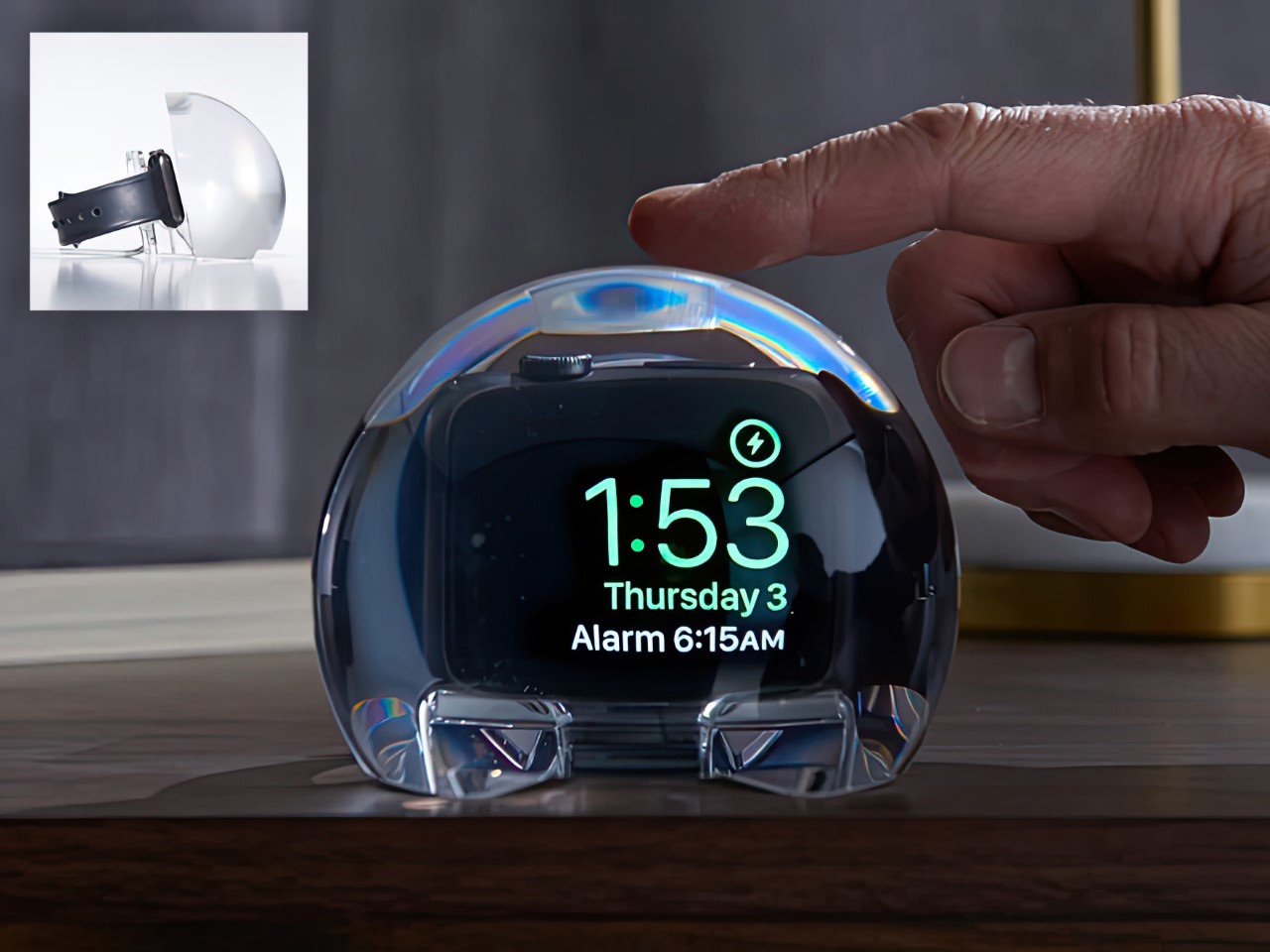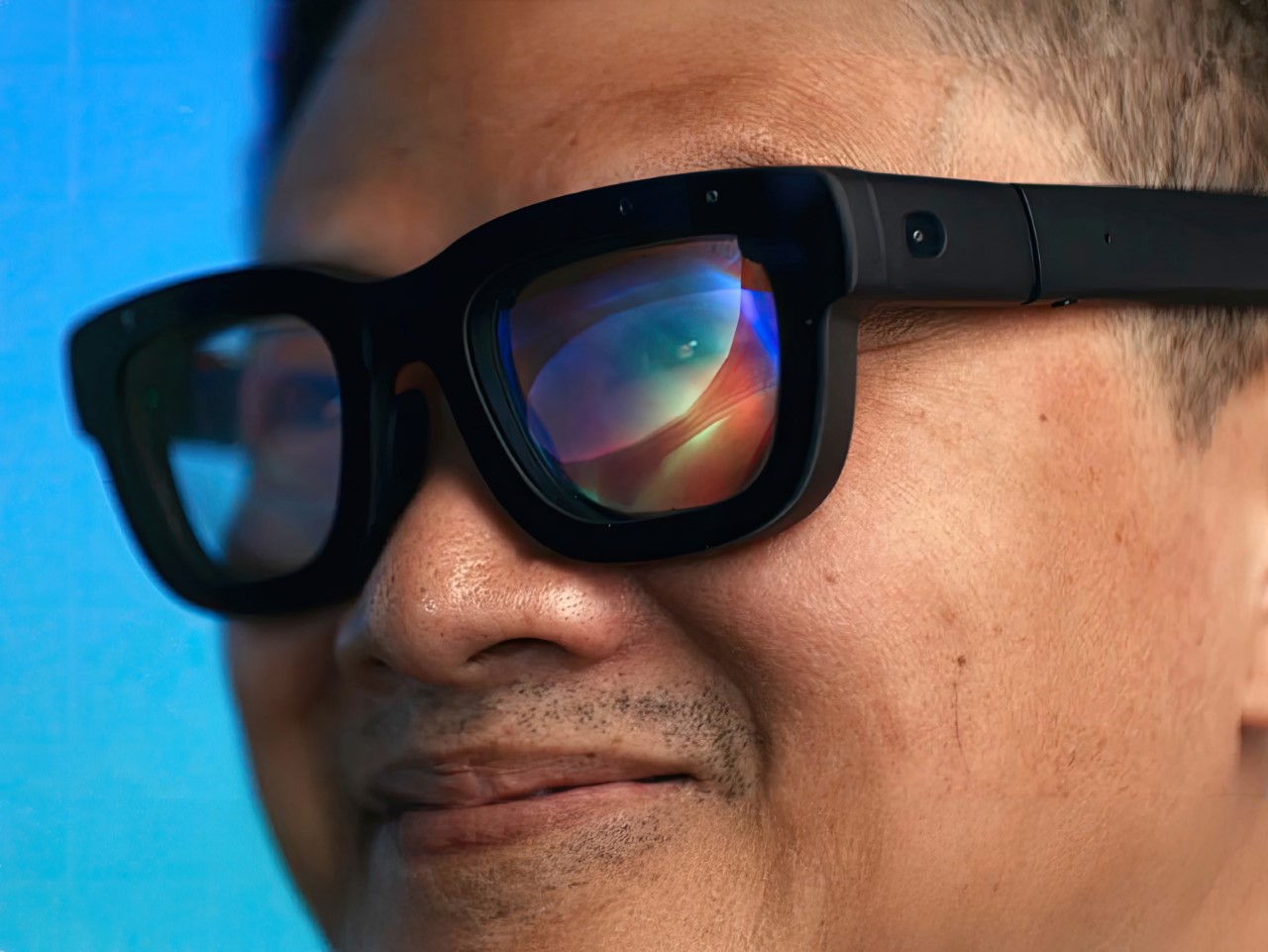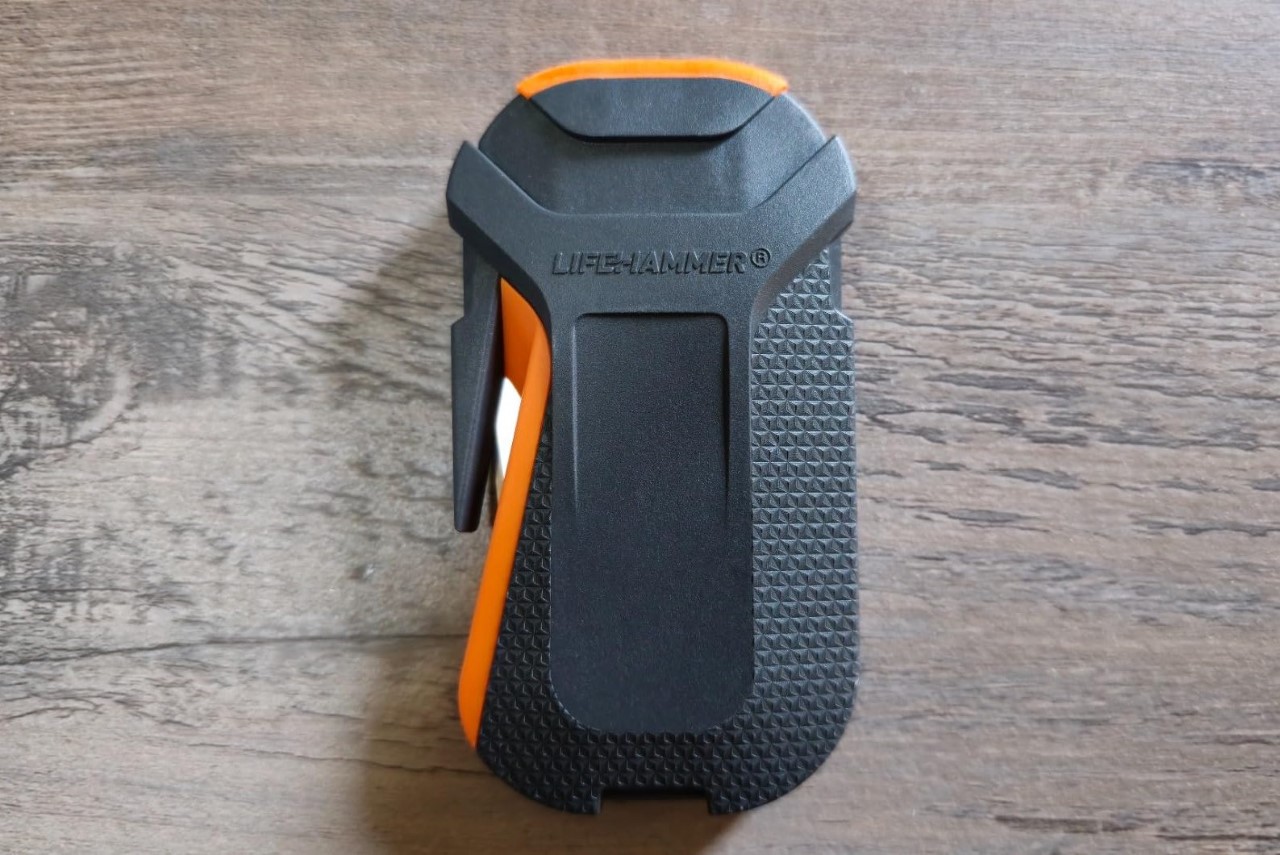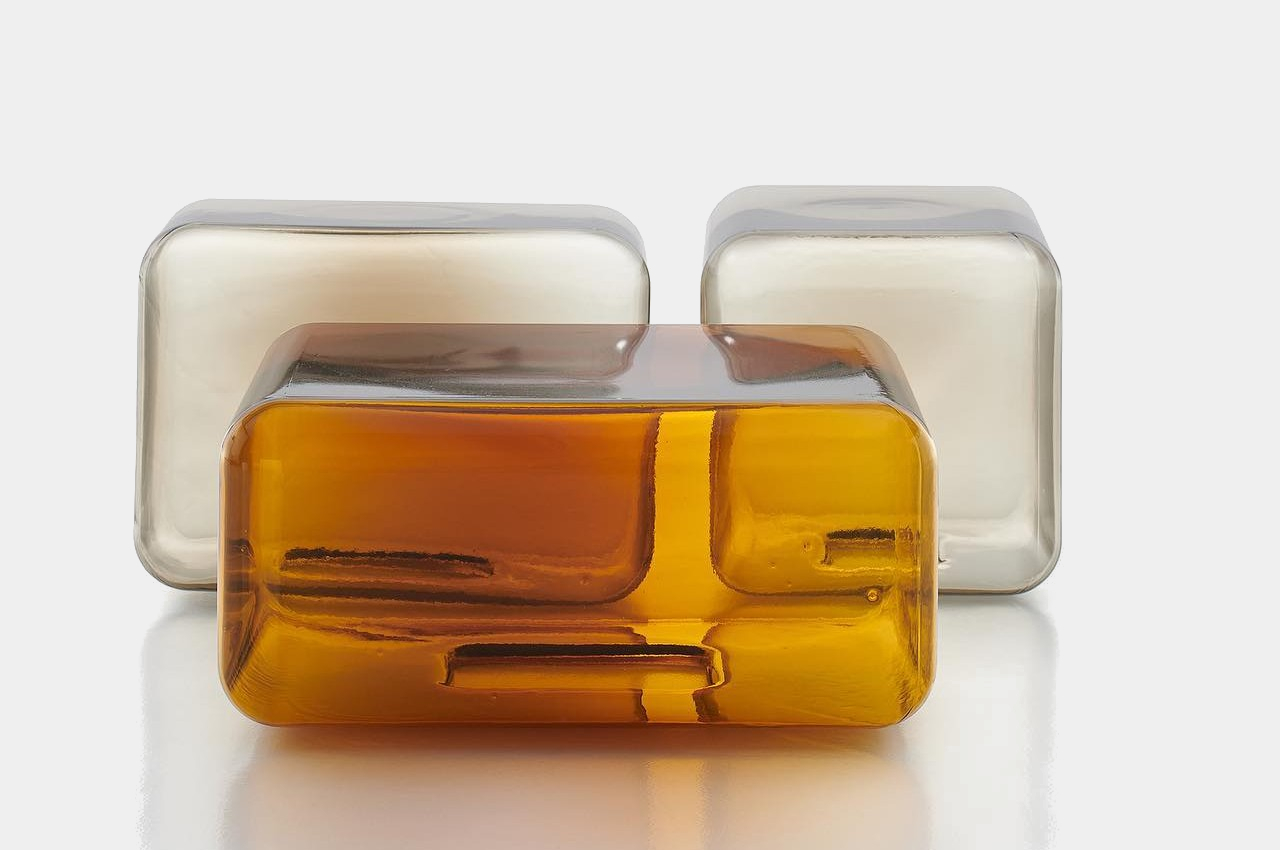‘Liquid Glass’ Apple Watch Dock might be the Coolest Smartwatch Accessory of the Season
Liquid Glass – the tech world’s abuzz with this new term from Apple’s design playbook following their reveal of the new slew of operating systems at WWDC 2025. What is liquid glass? Well, it’s a multi-tier strategy on Apple’s part to redefine interfaces, moving away from the minimalist elements to introduce gorgeously refractive glass-like modules instead. These glass elements interact with screen elements by bending light like real glass would. Think of holding a magnifying glass to a newspaper to watch the text around the edges warp while the center stays clear.
There’s speculation that this move towards glass-based interfaces was a conscious effort to further Apple’s spatial interface goals… but to be honest, we were in love with Liquid Glass back as early as 2021. What do I mean? Well, I’m talking about the NightWatch, an Apple Watch dock from 4 years ago that did exactly what Liquid Glass did, amplify the watch’s screen into a gorgeous liquid orb while your watch was charging!
Designer: NightWatch
The NightWatch, as its name so succinctly implies, is a dock for your watch while it charges overnight. Shaped like a massive orb, this dock turns your watch’s night-time charging face into a massive, magnified alarm clock that’s easier to see. Moreover, the dock amplifies the watch’s audio too (through clever design details), transforming your Watch into a makeshift alarm clock that works remarkably well.
There’s no hidden components, no inner trickery – the entire NightWatch is a cleverly designed, solid piece of lucite that does three things remarkably well. First, it docks the Apple Watch and charger inside it, magnifying the watch screen so the numbers are clearly legible even from a couple of feet away. Secondly, channels located strategically under the Watch’s speaker units amplify the sound (sort of like how your voice is louder when you cup your hands around your mouth) so your alarm rings louder. Thirdly (and this might be the best feature yet), the lucite orb is touch-sensitive. Which means a mere tap on the surface causes your Watch screen to wake so you can see the time!
The dock may have been designed in 2021, but its design philosophies align with Apple’s Liquid Glass push brilliantly. Liquid Glass is all about mimicking real-world materials, bringing physicality to the digital world while still maintaining a pristine aesthetic that boosts focus and highlights important elements. That’s exactly what the NightWatch does too – it takes the Watch’s flat digital interface and brings real-world physicality to it through the refraction and magnification of the clear lucite. It also helps easily highlight important elements by enlarging your watch face for clearer timekeeping. The NightWatch is compatible with all Apple Watch series (as long as your watch doesn’t have a case on it).
The post ‘Liquid Glass’ Apple Watch Dock might be the Coolest Smartwatch Accessory of the Season first appeared on Yanko Design.



